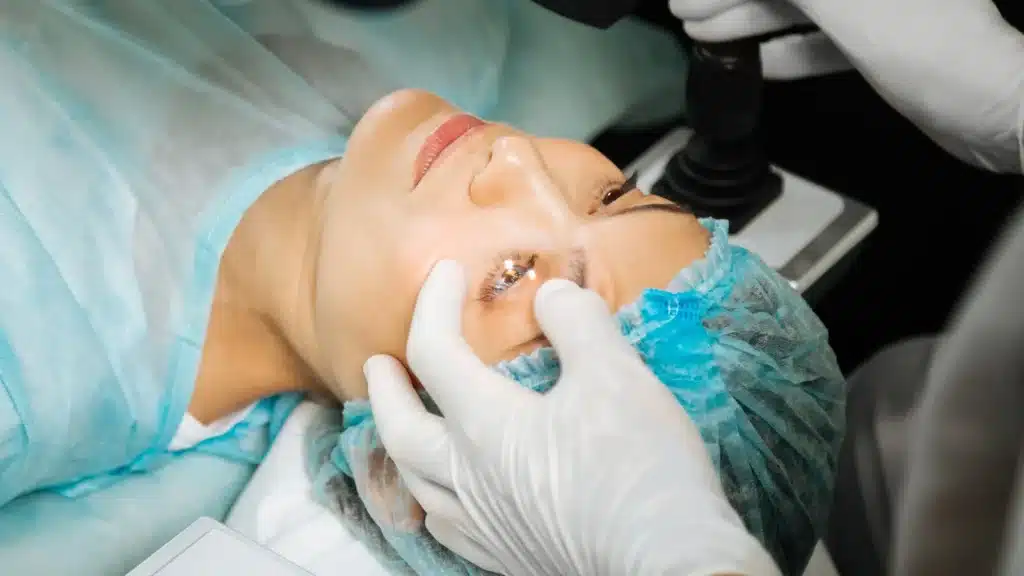Expert Eye Care at Sahaj Hospital
Strabismus
What Is Squint?
Squint, medically known as strabismus, is a condition where one eye does not move in coordination with the other. While one eye looks forward, the other may turn inward, outward, upward, or downward.
Symptoms of Squint
- Misaligned eyes: One eye faces a different direction from the other.
- Blurred or double vision: Patients may experience difficulty focusing.
- Minor squints: Less noticeable but can still cause vision issues.
- In children and babies: Vision problems may not be easily identifiable.
Types of Squints
Congenital Squint
- Often hereditary, present from birth.
- May result from developmental issues or family history of squints.
Squints in Childhood
- Can stem from medical conditions or refractive errors, such as:
- Difficulty seeing distant objects (myopia).
- Trouble focusing on nearby objects (hyperopia).
- Blurry vision caused by uneven corneal curvature (astigmatism).
Treatment Options for Squint
Treatment success depends on timely diagnosis and intervention.
Non-Surgical Treatment
- Eye patches: Used to strengthen the weaker eye in cases of lazy eye (amblyopia).
- Regular follow-ups: Essential for monitoring and adjusting treatment
Our Specialties
Menu

Surgical Treatment
Squint surgery is a common and effective procedure, often performed as a day-case operation.
Benefits of Squint Surgery:
- Improved eye alignment and appearance.
- Enhanced peripheral (side) vision.
- Better depth perception in some cases.
- Corrected abnormal head positions.
Types of Squint Surgery:
Adjustable Surgery:
- Performed on older children and adults.
- Stitches can be adjusted after surgery for better results.
Non-Adjustable Surgery:
- Suitable for younger children.
- Involves fixed sutures without post-surgical adjustments.
Preoperative Evaluation
- Sensorimotor Examination: Assesses eye alignment and muscle function.
- Prism Testing: Measures the degree of misalignment.
- Surgical Planning: Helps identify problematic muscles and guides surgical strategy.
Preparing for Squint Surgery
- Surgery is conducted under general anesthesia.
- The procedure typically takes less than an hour.
- Muscles attached to the eye are repositioned and sutured using absorbable stitches.
After Squint Surgery
- Eye Protection: A safety pad is applied over the operated eye and removed within 24 hours.
- Medications: Analgesics for pain and eye drops for healing.
- Activity Restrictions:
- Avoid driving until double vision resolves (typically 2–3 days).
- No swimming for at least 7 days.
- Protect eyes from dust, shampoo, and other irritants.
- Spectacles/Contact Lenses: Existing spectacles can be worn, but approval from the surgeon is required for contact lenses.
Risk Factors and Complications
- Squint surgery is generally safe, with minimal risks.
- Rare complications include mild discomfort or temporary double vision.
Post-Surgery Follow-Up
- Regular check-ups with your surgeon are essential.
- Seek immediate medical attention if any unusual symptoms occur, such as pain, redness, or vision changes.
Why Choose Sahaj Hospital for Squint Surgery?
- Expert Surgeons: Skilled in advanced techniques for optimal outcomes.
- Cutting-Edge Technology: Ensures precision and minimal recovery time.
- Comprehensive Care: Personalized treatment plans for patients of all ages.
